Everest Base Camp Trek Overview
The Everest Base Camp Trek is an extraordinary adventure that promises to deliver one of the most awe-inspiring experiences of your life. This 14-day journey takes you deep into the heart of the Himalayas, where you will not only reach the base of Mount Everest (8,848.86 meters), the world’s highest peak, but also immerse yourself in the rich culture, history, and breathtaking natural beauty that make this trek an iconic choice for adventurers from all corners of the world.
A Journey to the Roof of the World
The journey begins from Kathmandu, Nepal’s vibrant capital, with a scenic 35-minute flight to Lukla, a small mountain airstrip. From there, the trek begins in earnest as you pass through Sherpa villages like Phakding, Namche Bazaar, Tengboche, Dingboche, Lobuche, and Gorakshep. Each town brings you closer to Mount Everest’s majesty, offering opportunities for rest and cultural immersion.
Along the way, trekkers will experience the unique Sherpa culture, explore the region’s Buddhist monasteries, and witness the pristine wilderness of the Khumbu Valley. The trek is also an opportunity to see spectacular wildlife, including the Himalayan tahr, red panda, and various species of birds. The challenging yet rewarding trails lead through rhododendrons, juniper forests, and rocky paths, offering stunning views of the surrounding snow-capped peaks.
The Everest Base Camp Experience
As you approach Everest Base Camp (5,364 meters), the terrain becomes more rugged, and the altitude can be physically demanding. However, the views are nothing short of spectacular. Standing at the base of Mount Everest, surrounded by towering peaks such as Lhotse, Nuptse, and Ama Dablam, you’ll experience the mighty majesty of the Himalayas up close.
One of the highlights of this trek is the Khumbu Glacier, a massive ice flow that feeds into the Everest Base Camp. Trekking along this glacier is a rare and awe-inspiring experience that few will forget. Once you reach Base Camp, you can explore the area, visit the mountaineers’ base camps, and reflect on the region’s history. This spot has been the starting point for many climbers aiming to summit Everest.
After visiting Base Camp, the next stop is Kala Patthar, a rocky outcrop at 5,545 meters, offering a panoramic sunrise view of Mount Everest and the surrounding peaks. The sight of the sun rising over Everest is often described as a once-in-a-lifetime experience and one of the most rewarding moments of the trek.
Cultural Immersion Along the Way
This trek is not just about reaching Everest; it’s a journey into the heart of Nepal’s cultural heritage. Throughout the trek, you will encounter the Sherpa people, renowned for their hospitality and resilience. The trek provides a deep insight into their way of life, and you will visit several monasteries and stupas that offer a glimpse into the region’s spiritual practices.
The Best Time to Trek
The Everest Base Camp Trek is best undertaken during the Spring (March to May) and Autumn (September to November) seasons. These months offer the most stable weather, with clear skies and moderate temperatures. These are also the peak trekking seasons, so you will encounter fellow trekkers, making the experience more social and vibrant. However, the trek is possible year-round, although winter (December to February) can be pretty cold and challenging due to heavy snowfall, while the monsoon season (June to August) brings heavy rainfall and increased risks of landslides.
Trek Difficulty and Challenges
The Everest Base Camp Trek is considered moderate to challenging. Due to the high altitude and rugged terrain, it requires good fitness and stamina. While the trail is well-maintained, it involves long days of walking through steep ascents and descents, with some sections challenging due to the high altitude. The trek is also demanding due to the risk of altitude sickness, so proper acclimatization is essential.
However, proper preparation makes the treks achievable for most individuals, even non-professional trekkers. Trekking steadily and taking time for rest and acclimatization will ensure a successful and enjoyable trek.
Why Choose Next Trip Nepal?
At Next Trip Nepal, we pride ourselves on offering our clients our clients hassle-free, customized trekking experiences. Our team of experienced guides is well-versed in the Everest region, ensuring your safety and comfort every step of the way. We provide everything you need for a smooth, memorable trekking experience, including detailed pre-trek briefings, high-quality gear rental, and a friendly, knowledgeable team dedicated to helping you achieve your goal of reaching Everest Base Camp.
14 Days Everest Base Camp Trek Highlights
- Visit Everest Base Camp (5,364m) at the foot of the world’s highest mountain
- Scenic flight to Lukla via Tenzing Hillary Airport
- Discover Sagarmatha National Park
- Views of the Khumbu Glacier (4,900m)
- Trek to Kala Patthar (5,555m) for breathtaking panoramic views of Everest and surrounding peaks
- Explore Namche Bazaar, the cultural heart of the Everest region
- Stunning views of Mount Everest (8,848.68m / 29,029ft)
- Explore the rich culture and lifestyle of the local Sherpa people
- Ancient Tengboche Monastery (3,867m / 12,687ft)
- Visit the Everest View Hotel, the highest hotel in the world (3,880m)
14 Days Everest Base Camp Trek Itinerary
As you arrive at Tribhuvan International Airport (Kathmandu), a representative from Next Trip Nepal will warmly welcome you. Look for a sign bearing your name! After completing airport formalities, you’ll be transferred to your accommodation in the vibrant Thamel area of Kathmandu.
Whether you’re exhausted from the long flight or eager to begin your adventure, you can relax at your hotel or explore Thamel, the bustling market area known for its shops, restaurants, and lively atmosphere. It’s an excellent place for last-minute shopping for trekking gear or simply soaking in the local culture.
In the evening, you’ll have the opportunity to meet your trek guide during the pre-trip meeting. This session will give you all the information you need for your upcoming Everest Base Camp Trek, including a briefing on the trek’s itinerary, safety measures, and the trek ahead.
Highlights:
- Welcome by Next Trip Nepal representative at Tribhuvan International Airport.
- Comfortable private transfer to your hotel in Thamel.
- Explore Thamel’s vibrant market for shopping and local experiences.
- Pre-trip meeting with your guide to discuss the trek itinerary.
After breakfast, your guide will pick you up from the hotel for a thrilling flight to Lukla. The 30-minute flight offers stunning views of hills and mountains. Flights to Lukla are typically scheduled in the morning due to weather conditions in the afternoon.
For the October, November, April, and May seasons, flights might be diverted to Manthali Airport due to high demand for Lukla flights. In such cases, you’ll first drive to Manthali (about 4-5 hours) and then take a flight to Lukla.
Upon arrival at Tenzing Hillary Airport in Lukla, you’ll meet your porters, who will assist with your luggage. From there, the trek to Phakding begins, following the Dudh Koshi River and passing through dense forests. Along the way, you’ll cross suspension bridges. The trek will take about 3 hours, and you’ll reach Phakding, a small village with cozy teahouses.
Rest at a teahouse and prepare for the next day’s hike.
Highlights:
- Scenic flight from Kathmandu to Lukla or Manthali (if applicable), with breathtaking mountain views.
- Arrival at Tenzing Hillary Airport, one of the world’s most thrilling airports.
- Trek along the Dudh Koshi River, passing through forested landscapes.
- Cross suspension bridges along the trail.
- Overnight stay at a local teahouse in Phakding.
Today, after an early breakfast, we will continue our trek along the northern bank of the Dudh Koshi River. The trail leads us through lush rhododendron and pine forests, passing traditional Sherpa villages and agricultural lands. After an hour or two of trekking, we will reach Monjo and enjoy the stunning landscapes before arriving at the Sagarmatha National Park checkpoint, where we will register our permits.
We will cross several suspension bridges as we advance, including the famous Hillary Suspension Bridge. A steep ascent follows, but the effort is rewarded with our first breathtaking Namche Bazar. From the Namche viewpoint, you can see Mount Everest.
We will take a short lunch break in Jorsalle, which provides a chance to rest before tackling the final uphill climb to Namche Bazaar. This vibrant Sherpa town, known as the gateway to Everest, is a bustling hub filled with lodges, bakeries, and local markets. Once we settle into the tea house, you can explore Namche Bazaar, do some last-minute shopping, or simply relax and enjoy the views.
Highlights:
- Scenic walk alongside the Dudh Koshi River
- Multiple suspension bridge crossings, including the Hillary Bridge
- Entry into Sagarmatha National Park (UNESCO World Heritage Site)
- First glimpse of Mount Everest
- Arrival at the vibrant Sherpa town of Namche Bazaar
Today, after breakfast, we begin our acclimatization day by exploring the beautiful town of Namche Bazaar. Although it’s a rest day, we remain active to help our bodies adjust to the higher altitude. Next, we visit the Namche viewpoint, where you can catch your first glimpse of Everest and breathtaking 360-degree views of the surrounding mountains. We continue the hike to the Everest View Hotel, 3,880 meters above sea level. This hotel offers the best panoramic views of Mount Everest, Lhotse, Ama Dablam, and other surrounding peaks. Everest View Hotel is an excellent place to take photos and enjoy a warm drink while you admire the Himalayan mountains.
After we finish our time at the Everest View Hotel, we will return to our hotel. You can explore local cafes that offer delicious Nepali food and drinks. If you like shopping, markets are nearby, where you can find unique souvenirs like handmade jewelry, traditional textiles, and colorful artwork. You can also walk around the area to enjoy the beautiful scenery and fresh mountain air.
This acclimatization day lets you relax while enjoying light trekking and breathtaking views. We recommend returning to your tea house by late afternoon to rest for the days ahead.
Highlights:
- Visit to the Sherpa Cultural Museum
- Hike to the highest airport in Nepal, Syangboche
- Panoramic views of Mount Everest, Lhotse, Ama Dablam, and other peaks from the Everest View Hotel
- Explore Namche Bazaar with its cafes, shops, and unique culture
- Arrival at the vibrant Sherpa town of Namche Bazaar
Today, after an early breakfast, we will leave Namche Bazaar and begin our trek towards Tengboche. The trail starts with a short 15-minute climb. After this, we will trek on what is known as a ‘Nepali flat’ section, a combination of gentle ups and downs that feel relatively even compared to the steep ascents of the region. This stretch provides breathtaking views of Everest, Ama Dablam, Lhotse, and Nuptse as we walk through beautiful pine and rhododendron forests.
We will descend towards the Dudh Koshi River and stop for lunch at Phungi Thenga. On the way, we will see mani walls, prayer flags, and traditional water-powered prayer wheels, which add a spiritual feel to our journey.
After lunch, we will continue our climb through a dense forest. Following a series of switchbacks, it takes about 2 to 3 hours to reach the entrance of Tengboche. When we reach Tengboche, we will see the impressive Tengboche Monastery, surrounded by the towering Himalayas.
Once settled into the tea house, we will visit the monastery and, if fortunate, witness a prayer ceremony. As the day ends, we can enjoy the golden hues of the sunset over the snow-capped peaks before resting for the night.
Highlights:
- Scenic walk through rhododendron and pine forests
- Multiple suspension bridge crossings over the Dudh Koshi River
- Stunning panoramic views of Everest, Ama Dablam, Lhotse, and Nuptse
- Visit to the historic Tengboche Monastery
- Opportunity to witness a Buddhist prayer ceremony
- Spectacular sunset views over the Himalayas
After breakfast, we begin our trek from Tengboche and descend through a beautiful forest of rhododendrons and conifers. We reach Deboche, a peaceful village, and then cross the Imja Khola on a suspension bridge. From here, we begin the steady climb to Pangboche, the highest permanent Sherpa village in the region.
Enjoy breathtaking views of Ama Dablam, Lhotse, and Mount Everest along the way. We pass through stone-walled fields and alpine landscapes before arriving at Somare for a lunch break. After lunch, we continue toward Dingboche, trekking through scenic valleys with stunning mountain backdrops.
From Somare, it takes about 2-3 hours to reach Dingboche. The first part is a relatively flat section, followed by a small bridge over the Imja River and a 30-minute climb. We then reach another Nepali flat section before arriving at Dingboche, surrounded by beautiful Mountains, crop fields, prayer flags, and a peaceful atmosphere.
Due to its location, Dingboche is often sunny, making it ideal for relaxing and enjoying the weather. You can even dry your clothes in the sun! The village also has several bakery shops, not just one, where you can enjoy a warm snack or drink after your trek. We will stay in Dinboche for two nights to help our bodies adjust before we continue our journey to Everest Base Camp.
Key Highlights:
- Beautiful rhododendron and conifer forests
- Scenic suspension bridge over the Imja Khola
- Views of Ama Dablam, Lhotse, and Mount Everest
- Visit to Pangboche, the highest permanent Sherpa village
- Lunch at Somare and continued trek to Dingboche
- Acclimatization in Dingboche with stunning landscapes
- Sunny weather in Dingboche is ideal for drying clothes
- Visit multiple bakery shops in Dingboche for snacks and drinks
- Fields with crops and colourful prayer flags in Dingboche
Today is an important acclimatization day in Dingboche. It helps your body adjust to the higher altitude before you continue your trek. Dingboche is 4,410 meters (14,470 feet) and has sunny weather and a peaceful atmosphere, making it a great place for acclimatization.
After a restful morning, we will hike to Nangkartshang Peak, which offers breathtaking views of several towering peaks. The hike lasts approximately 2 to 3 hours for the round trip, with the ascent reaching around 5,000 meters (16,404 feet). From the peak, you will get spectacular views of Island Peak, Taboche, Cholatse, Ama Dablam, Makalu, and Labuche.
After the hike, we’ll return to Dingboche village to rest. The rest of the day can be spent relaxing, exploring the village, or enjoying the sunshine. Stone-walled crop fields and prayer flags surround Dingboche, adding to its charm. You can also visit the local bakery shops for a warm drink or snack.
Dingboche is also a common base for those planning to climb Island Peak, as many climbers use Chhukung as the starting point for their ascent. If you’re not climbing, you can still enjoy the views of this famous peak from Dingboche, a highlight of the trek.
Bring snacks or chocolate to keep your energy up during the hike. Chocolate is especially useful as you climb to higher altitudes.
This acclimatization day in Dingboche is designed to help you adjust and prepare for the next stage of your trek.
Highlights of Acclimatization Day:
- 3 to 4-hour hike to Nangkartshang Peak for panoramic views
- Views of Island Peak, Taboche, Cholatse, Ama Dablam, Lhotse, Makalu, and Labuche
- Explore Dingboche’s stone-walled crop fields and prayer flags
- Relax in the village and enjoy the sunny weather
- Visit multiple bakery shops in Dingboche for snacks and drinks
Today’s trek is shorter than others, offering a more relaxed journey as we make our way towards Lobuche, nestled at a higher elevation, providing us with an even closer view of the towering peaks around us. After a hearty breakfast, we begin with a slight 15-minute uphill climb before reaching the Nepali flat, where we will walk for the next 2 to 3 hours towards Thukla.
Along the way, enjoy the breathtaking views of the surrounding peaks, including Ama Dablam, Cholatse, Taboche, and Lobuche. These majestic mountains will accompany us throughout the day, offering stunning vistas as we trek.
We will stop for lunch in Thukla to rest and eat before we continue our journey. After lunch, the trail gets steeper as we climb to Thukla Pass, which takes about one hour. Here, we will see the memorials of climbers who lost their lives trying to summit Mount Everest. The peaceful surroundings and beautiful views at the pass honour these brave souls. From the pass, we will take a short walk to Lobuche. There, we will settle into our tea house, rest, and Prepare for our final destination, a 14-day Everest Base Camp Trek.
Highlights of the Day:
- Majestic views of Ama Dablam, Cholatse, Taboche, and Lobuche – Stunning panoramas of iconic peaks
- Thukla Pass Memorials – A poignant tribute to fallen climbers on their quest to summit Everest
- Nepali flat trail – Enjoy a comfortable trek with beautiful landscapes before the steep climb
- Lunch in Thukla – A restful stop before tackling the challenging final stretch to Lobuche.
Today is one of the most exciting trek days as we approach Gorak Shep and then hike to the iconic Everest Base Camp. After an early breakfast in Lobuche, we begin our trek with a steady climb towards Gorak Shep, the last village before Everest Base Camp. The trail is relatively flat but can be challenging due to the altitude.
As we ascend, we will pass through rugged terrain with sweeping views of the surrounding peaks. The landscape is stark and beautiful, with rocky paths leading us to Gorak Shep, located at 5,160m (16,929ft). Gorak Shep is a popular rest stop for trekkers before their final push to Everest Base Camp.
Once we arrive at Gorak Shep, we will have lunch and leave our bags at the tea house. From here, we will begin the final leg of our journey to Everest Base Camp. The hike takes approximately 2 to 3 hours and involves a challenging, rocky path with breathtaking sights of the Khumbu Glacier, Pumori, Nuptse, and Lhotse.
Once you arrive at Everest Base Camp, Take a moment to enjoy the amazing feeling of being at the base of the highest mountain in the world. The 360-degree view of the mountains, the large glaciers around Base Camp, and the Khumbu Icefall are truly memorable.
After spending some time at Base Camp, we will retrace our steps back to Gorak Shep to rest and recover for the night. It’s a long but rewarding day, and we’ll settle into our tea house for the evening.
Highlights of the Day:
- Trekking to Gorak Shep – Scenic route with stunning views of surrounding peaks
- Lunch in Gorak Shep – Rest and enjoy a meal before the final ascent to Base Camp
- Hike to Everest Base Camp – Reach the legendary Base Camp, an iconic destination for trekkers
- Khumbu Glacier Views – Incredible sight of one of the largest glaciers in the Everest region
- Pumori, Nuptse, and Lhotse Views – Majestic peaks surrounding Everest Base Camp
- Standing at Everest Base Camp – An unforgettable moment at the foot of the world’s tallest mountain
- Return to Gorak Shep – A long day of adventure, capped with a well-deserved rest at Gorak Shep
After a restful night in Pheriche, we begin our trek back towards Namche Bazaar, following the same route we took on the way up.
We ascend from Pheriche to Tengboche, which takes around 2 hours. From Tengboche, we continue the descent to Phunki Tenga, which takes about 1.5 hours.
Then, we begin the climb to Kakyjoma, which takes around 1.5 hours. After reaching Kakyjoma, the trail levels off, and we continue along a Nepali flat route until we reach Namche Bazaar. The final ascent from Phunki Tenga to Namche is steep, but the stunning views of Ama Dablam, Lhotse, and Nupla make it rewarding.
Once we arrive in Namche Bazaar, you can enjoy its comfort rooms, cozy bars, cafes, and even places for a small party to relax after the hike.
Highlights of the Day:
- Same Route Back – Retrace the path through Pheriche, Tengboche, Phunki Tenga, and Imja Khola Valley
- Scenic Descent and Ascent – Enjoy views of Ama Dablam, Lhotse, and Nupla
- Suspension Bridges and traditional Sherpa villages
- Namche Bazaar – Relax in a lively town with comfort rooms, bars, cafes, and a place to unwind after the trek
On the final day of our trek, we began our descent from Namche Bazaar towards Lukla, where we started our journey. This day’s trek is relatively easier than the previous days as we descend through beautiful forests, cross suspension bridges, and pass by charming Sherpa villages.
We begin by descending from Namche Bazaar to Manjo, a small village. From there, we continue towards Phakding, passing through scenic landscapes and crossing the iconic Hilary Bridge. The descent to Phakding takes approximately 3 to 4 hours, and we’ll take a break here for lunch and rest.
After lunch, we continue our trek towards Lukla, which takes about three more hours. The route is pleasant as we pass through more Sherpa villages and cross the Dudh Koshi River.
As we approach Lukla, you’ll feel accomplished after completing the 12-14-day trek to Everest Base Camp. Upon arrival, take some time to rest and celebrate the completion of your adventure journey with your fellow trekkers, guide, and porter.
Highlights of the Day:
- Descending through beautiful forests
- Crossing the iconic Hilary Bridge
- Passing through Manjo and Phakding village
- Crossing suspension bridges over the Dudh Koshi River
- Arriving at Lukla, the starting and ending point of your trek
- Celebrating your achievement after completing the Everest Base Camp trek
On this day, we will take a flight from Lukla to Kathmandu, marking the end of our incredible Everest Base Camp trek. The flight is usually scheduled in the morning and takes approximately 30 minutes, offering stunning aerial views of the Himalayan range.
Upon arrival in Kathmandu, you’ll be transferred to your hotel. In the evening, Next Trip Nepal will organize a farewell dinner and celebration party in Thamel, where you can relax, share your experiences, and celebrate the successful completion of your trek with your fellow trekkers and guides.
This is also a great time to explore Kathmandu, shop for souvenirs, or enjoy the local culture before departure.
Highlights of the Day:
- 30-minute scenic flight from Lukla to Kathmandu
- Aerial views of the Himalayas
- Arrival in Kathmandu, the vibrant capital city of Nepal
- Farewell dinner and celebration party organized by Next Trip Nepal in Thamel
- Time to relax and reflect on your Everest Base Camp adventure
Day 14: Departure
After an unforgettable adventure, it’s time to say goodbye. Depending on your flight schedule, you’ll be transferred by private car to Tribhuvan International Airport in Kathmandu for your departure.
Take one last moment to reflect on the memories you’ve created, the breathtaking views you’ve witnessed, and the friendships you’ve built during your hassle-free Everest Base Camp trek. We hope your journey with Next Trip Nepal has been extraordinary, and we look forward to welcoming you back for future adventures in the Himalayas.
Highlights of the Day:
- Private car transfer to Tribhuvan International Airport
- Reflecting on your hassle-free Everest Base Camp trek
Cost Details
What’s Included & Excluded in Your 14 Days Everest Base Camp Trek?
- Airport pickup and drop by private vehicle.
- Two nights in Kathmandu at a 3-star hotel (twin sharing), including breakfast.
- Three meals a day (breakfast, lunch, and dinner) with tea/coffee at breakfast, seasonal fruits after dinner, and tea/coffee during meals.
- Trekking lodge (Tea House) accommodations throughout the trek.
- All permit fees including:
- Sagarmatha National Park Entry Permit
- Khumbu Pashang Lhamu Rural Municipality fees
- Kathmandu to Lukla flight and return, including airport transfers.
- Experienced guide and porter with salary, accommodation, meals, drinks, transport, and insurance.
- Accommodation in teahouses as per the itinerary.
- Everest Base Camp Trek Permit and TIMS card.
- First aid kit and emergency medical supplies.
- Farewell dinner and celebration party in Kathmandu.
- Necessary trekking equipment (sleeping bag, down jacket, walking poles, if needed).
- Next Trip Nepal T-shirt, cap, and duffel bag.
- Government taxes and official expenses.
- Everest Base Camp Trekking map.
- Oxymeter for monitoring pulse, oxygen levels, and heart rate.
- Helicopter service arrangements (if needed, paid by travel insurance)
Cost Excludes
- Meals in Kathmandu (Lunch and Dinner).
- Nepal entry visa fee: $30 USD for 15 days, $50 USD for 30 days, and $125 USD for 90 days. (Visa can be obtained on arrival at Tribhuvan International Airport, Kathmandu).
- Travel and medical insurance.
- International airfare to and from Nepal.
- Personal expenses (such as laundry, telephone, souvenirs, and extra snacks).
- Alcoholic and non-alcoholic drinks (including tea, coffee, hot chocolate, and soft drinks) on the trek.
- Desserts and sweet items (chocolate, cake, pie, pudding).
- Hot shower and battery charging fees at tea houses (if applicable).
- Tips for your guide, porter, and driver (Tipping is expected).
- Excess baggage (more than 15kg for Lukla flight)
Availability & Departure Dates
Planning a private trip? Fill out the form and our travel experts will be in touch shortly.
-
Available Group Discount Available Available PackagesWednesdayOctober 15, 2025TuesdayOctober 28, 2025$1,859$1,44922% Off8Available
-
Available Group Discount Available Available PackagesThursdayOctober 16, 2025WednesdayOctober 29, 2025$1,859$1,44922% Off8Available
-
Available Group Discount Available Available PackagesFridayOctober 17, 2025ThursdayOctober 30, 2025$1,859$1,44922% Off8Available
Important Everest Base Camp Trekking Information
Best Time to Trek to Everest Base Camp
Trekking to Everest Base Camp (EBC) is a dream for many adventurers, but choosing the right time is crucial for an enjoyable and safe journey. While trekkers visit year-round, certain seasons offer better weather conditions, clearer views, and a more comfortable experience. Here’s a breakdown of what to expect in each season.
Spring (March to May)
Spring is one of the most popular seasons for trekking to Everest Base Camp. The weather is stable, and the skies are generally clear, allowing for breathtaking mountain views. The trails are lined with blooming rhododendrons and alpine flowers, adding vibrant colors to the landscape.
- Temperature: Daytime: 15-20°C (59-68°F); Nighttime: -5 to 5°C (23-41°F)
- Pros:
- Excellent visibility with clear mountain views
- Comfortable trekking temperatures
- Vibrant flora along the trails
- Cons:
- Crowded trails and lodges due to high demand
Monsoon (June to August)
The monsoon season brings heavy rainfall, particularly at lower altitudes. Trails can become muddy and slippery, and flights to Lukla are often delayed or canceled due to poor visibility. However, the landscape turns lush and green, creating stunning scenery.
- Temperature: Daytime: 18-25°C (64-77°F); Nighttime: 8-12°C (46-54°F)
- Pros:
- Fewer trekkers on the trails
- Lush, green landscapes ideal for photography
- Cons:
- High chance of flight disruptions
- Slippery and muddy trails
Autumn (September to November)
Autumn is another peak trekking season due to its stable weather and crystal-clear skies. The monsoon rains wash away dust and pollution, providing exceptional visibility of the Himalayas. This season also coincides with major Nepali festivals like Dashain and Tihar.
- Temperature: Daytime: 12-18°C (54-64°F); Nighttime: -10 to 0°C (14-32°F)
- Pros:
- Spectacular mountain views with crisp, clear skies
- Comfortable trekking conditions
- Opportunity to experience Nepali culture and festivals
- Cons:
- Nights can be quite cold at higher altitudes
- Popular lodges may be fully booked
Winter (December to February)
Winter treks offer solitude and breathtaking snow-covered landscapes. However, temperatures can drop significantly, making the trek more challenging. Some high-altitude lodges may close for the season, requiring extra planning.
- Temperature: Daytime: 5-10°C (41-50°F); Nighttime: -15 to -20°C (5 to -4°F)
- Pros:
- Fewer trekkers, providing a peaceful experience
- Stunning snow-covered mountains and clear skies
- Cons:
- Harsh cold conditions, especially at night
- Possible trail closures due to heavy snowfall
Food on the Everest Base Camp Trek
Food options along the EBC trek are varied, ranging from Nepali staples to international dishes. Above 3,000m (Namche Bazaar and beyond), it’s advisable to avoid meat due to lack of refrigeration. Most meals are prepared fresh at tea houses where trekkers stay.
Breakfast:
- Tibetan bread with jam or honey
- Porridge with milk
- Nepali spiced tea or instant coffee
Lunch:
- Dal Bhat (rice, lentils, vegetable curry)
- Chowmein or pasta
- Soup with Tibetan bread
Dinner:
- Garlic soup (believed to help with altitude sickness)
- Fried rice or noodles
- Rice pudding or custard for dessert
Tea, coffee, and soft drinks are available at almost every stop, and some larger villages like Namche and Lukla even have bakeries serving fresh pastries.
Acclimatization and Altitude Sickness Prevention
Altitude sickness is a significant concern on the EBC trek. To mitigate the risks, acclimatization days are included in Namche Bazaar and Dingboche, allowing the body to adjust to the reduced oxygen levels.
- Altitude Variation:
- Lukla (2,860m/9,383ft)
- Namche Bazaar (3,440m/11,286ft) – First acclimatization stop
- Dingboche (4,410m/14,469ft) – Second acclimatization stop
- Everest Base Camp (5,364m/17,598ft)
- Tips for Acclimatization:
- Stay hydrated and drink at least 3 liters of water per day
- Walk at a steady pace and avoid overexertion
- Eat nutritious meals to maintain energy levels
- If symptoms of altitude sickness appear, descend immediately
Emergency Procedures for Altitude Sickness
Acute Mountain Sickness (AMS) can escalate into severe conditions like High Altitude Pulmonary Edema (HAPE) or High Altitude Cerebral Edema (HACE). Recognizing early symptoms and taking immediate action is critical.
- Symptoms of AMS:
- Headache, nausea, dizziness
- Shortness of breath, loss of appetite
- Difficulty sleeping
- What to Do:
- Stop ascending and rest at your current altitude
- Stay hydrated and consume energy-rich foods
- Take altitude medication like Diamox (consult your doctor beforehand)
- If symptoms persist, descend to a lower altitude immediately
Final Thoughts
Choosing the right time for the Everest Base Camp trek depends on personal preference and tolerance for weather conditions. Spring and autumn offer the best balance of clear views, stable weather, and moderate temperatures. Monsoon and winter treks, while challenging, provide unique experiences with fewer crowds. Regardless of the season, proper preparation, acclimatization, and understanding altitude risks ensure a safe and memorable journey to the base of the world’s highest peak.

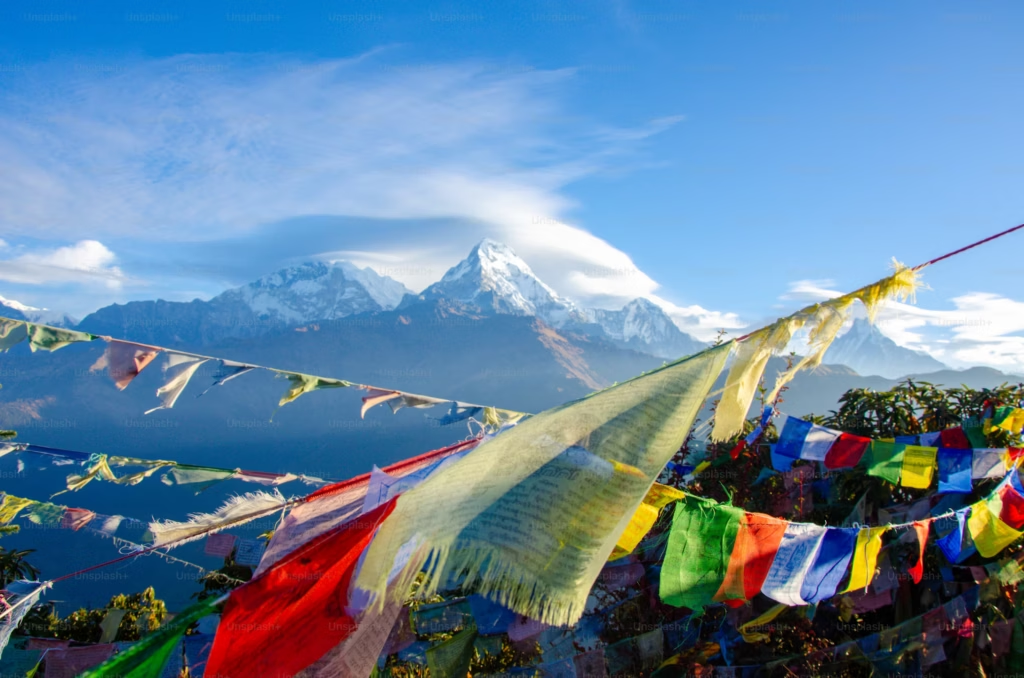






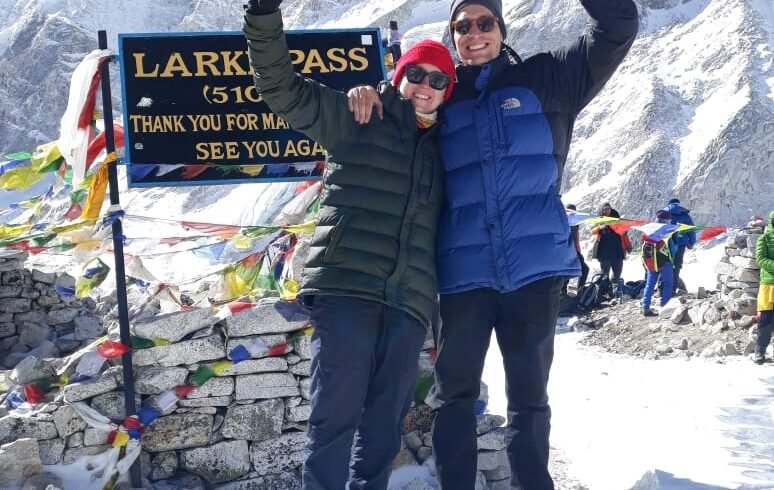
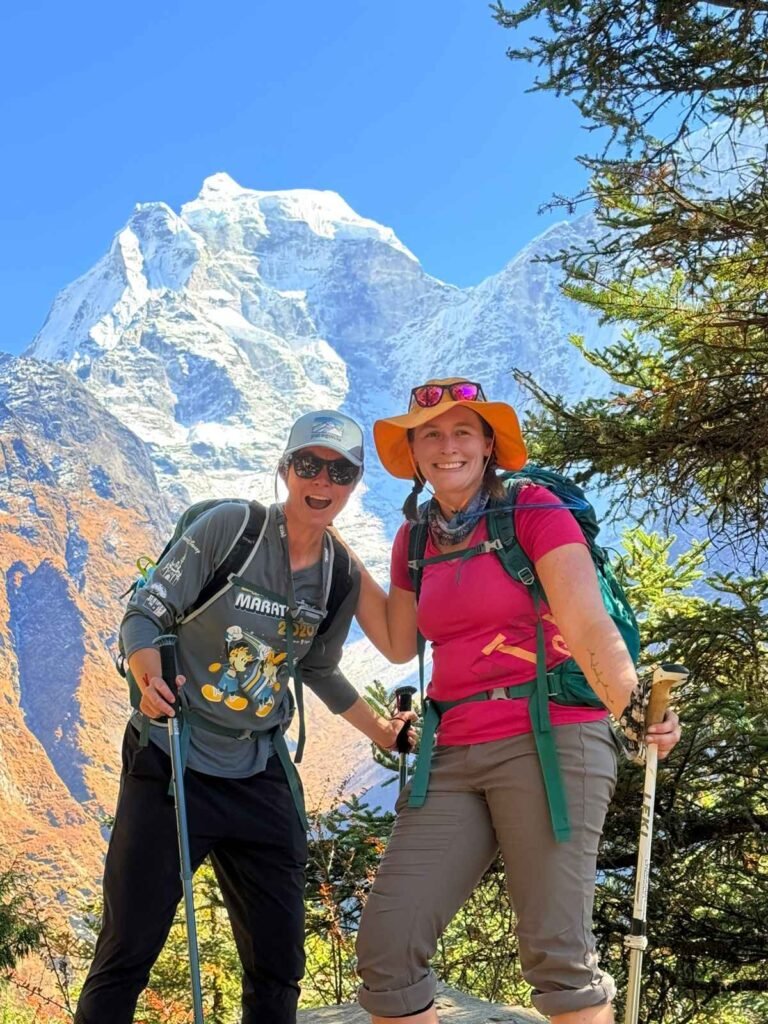
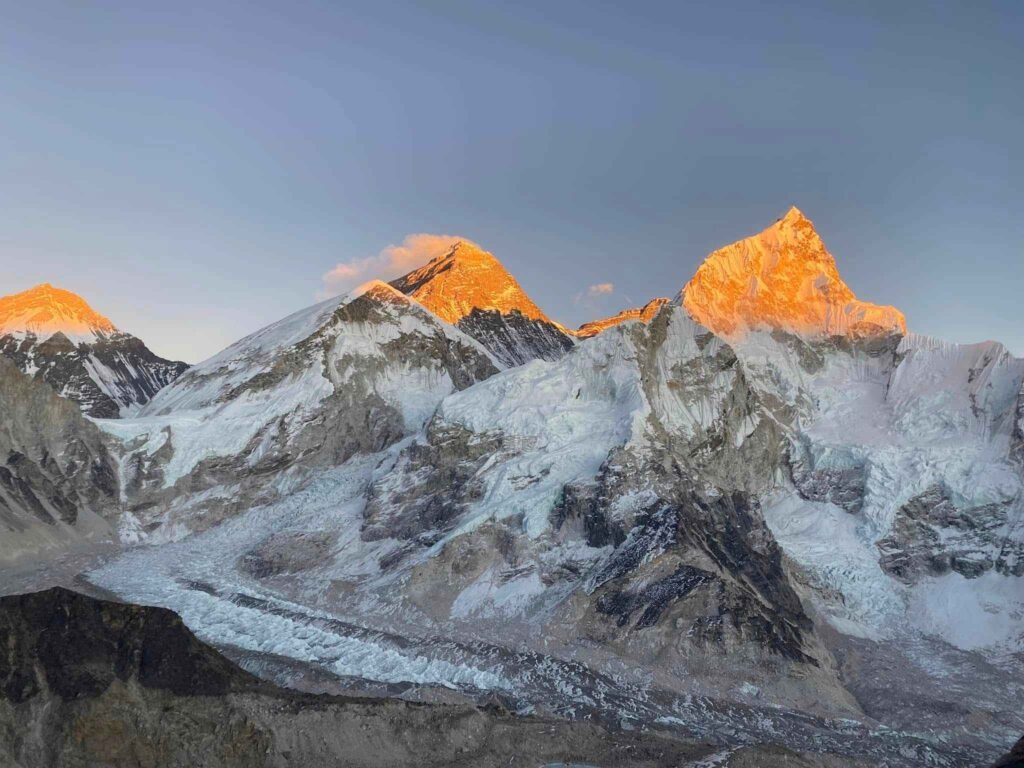
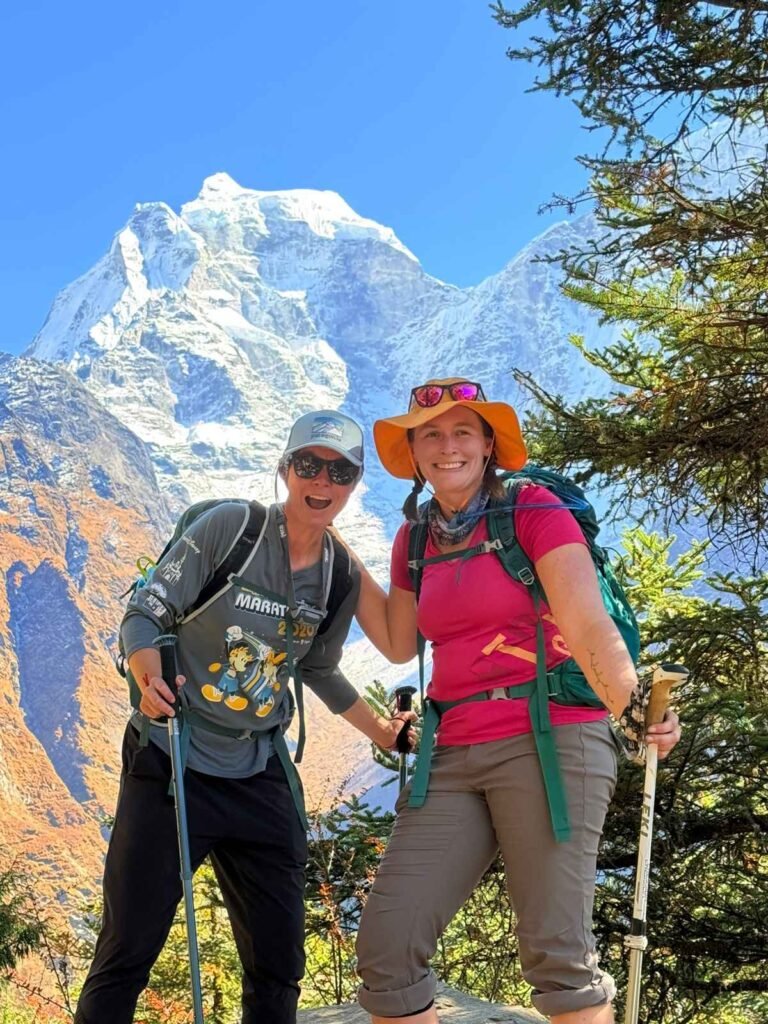
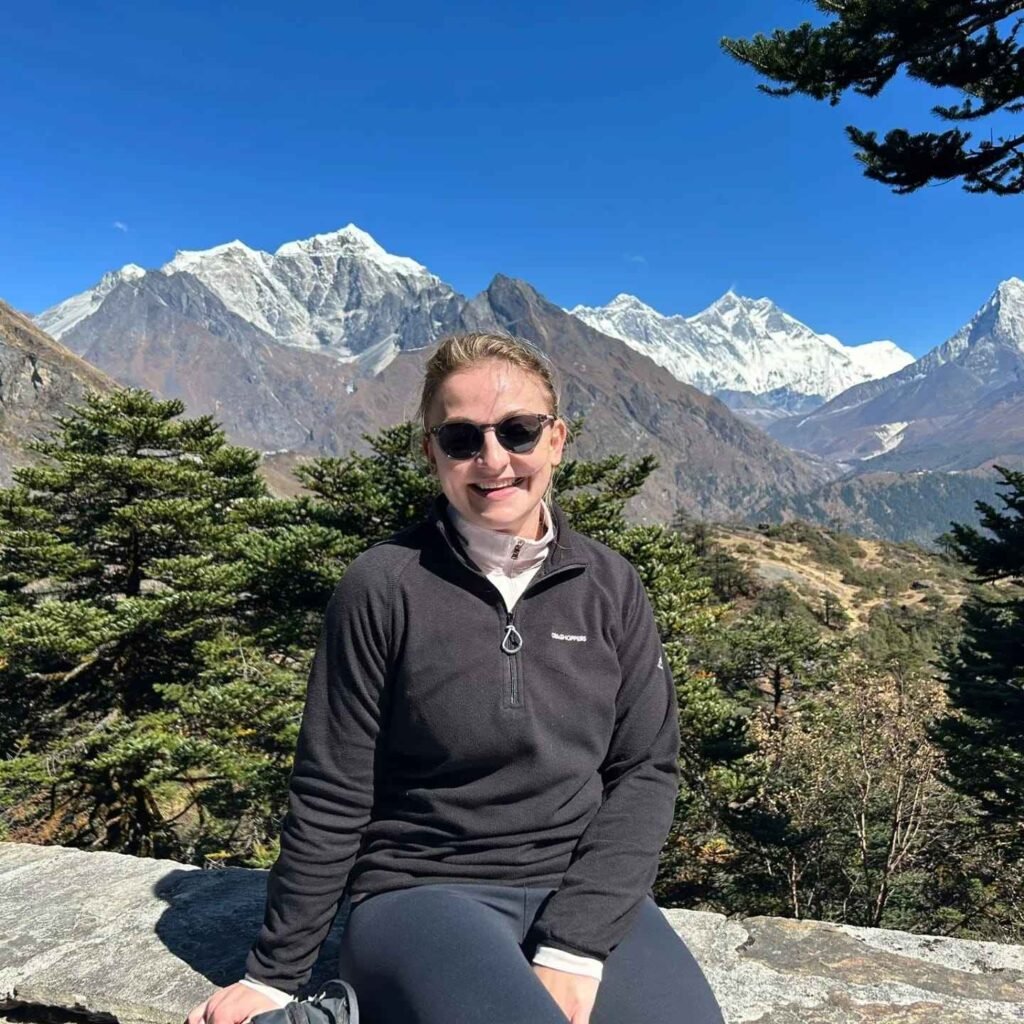
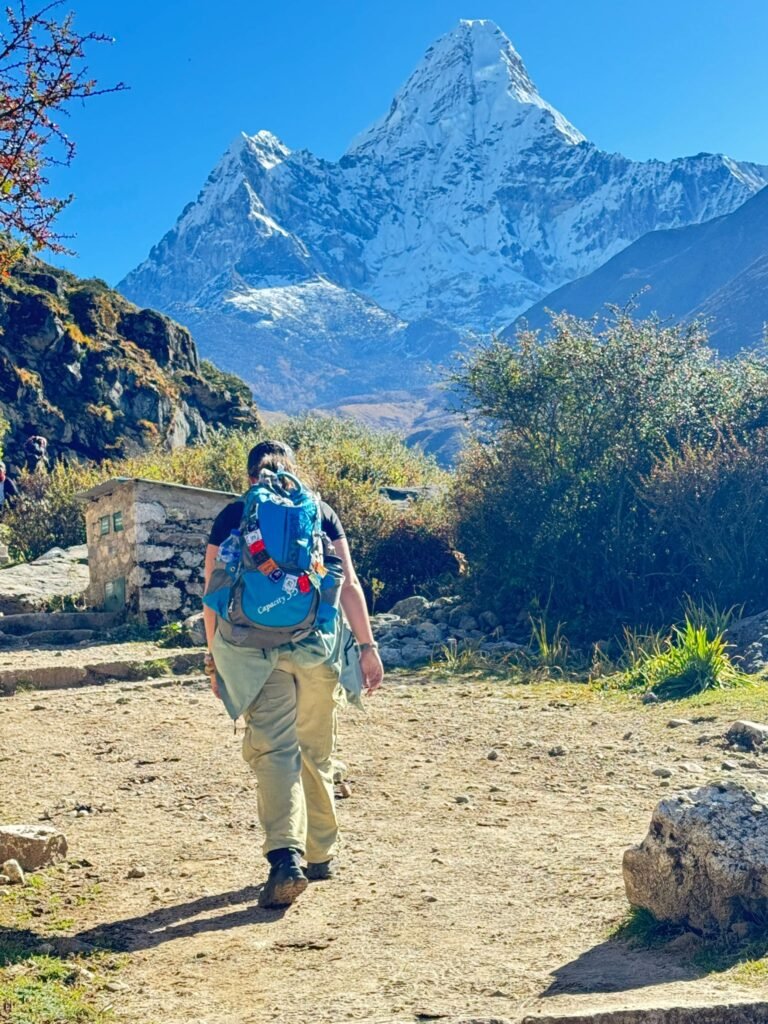
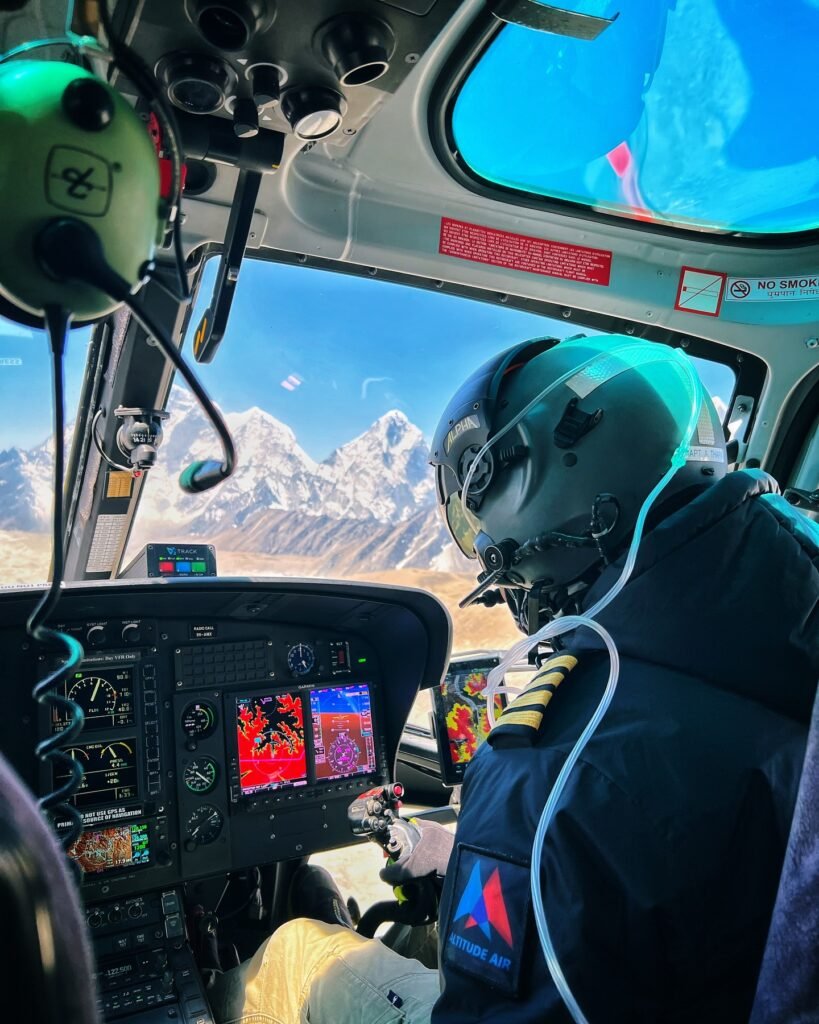
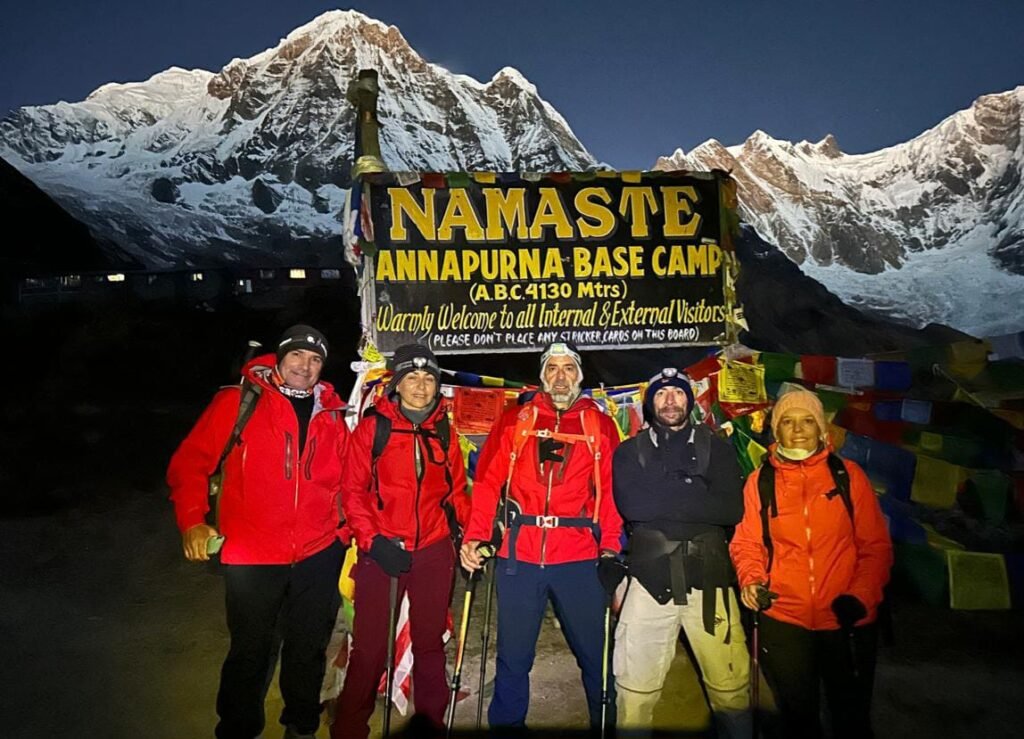
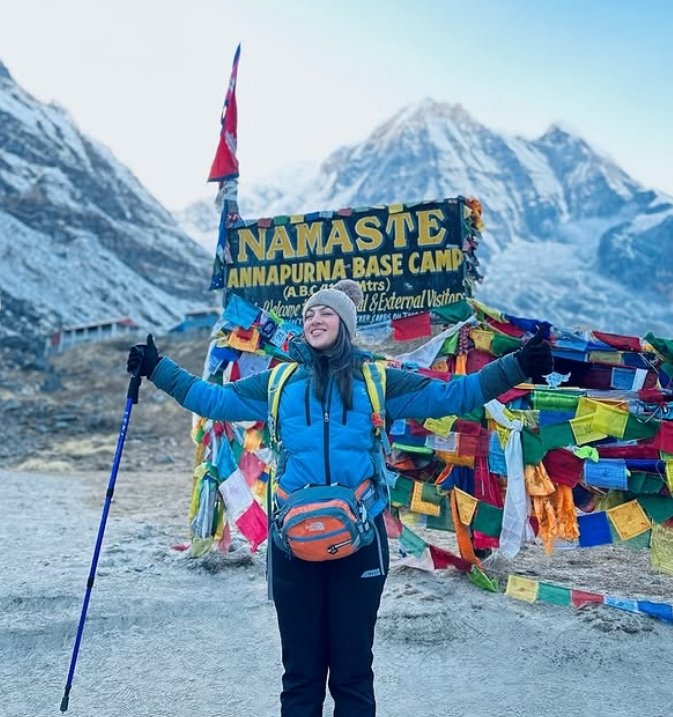
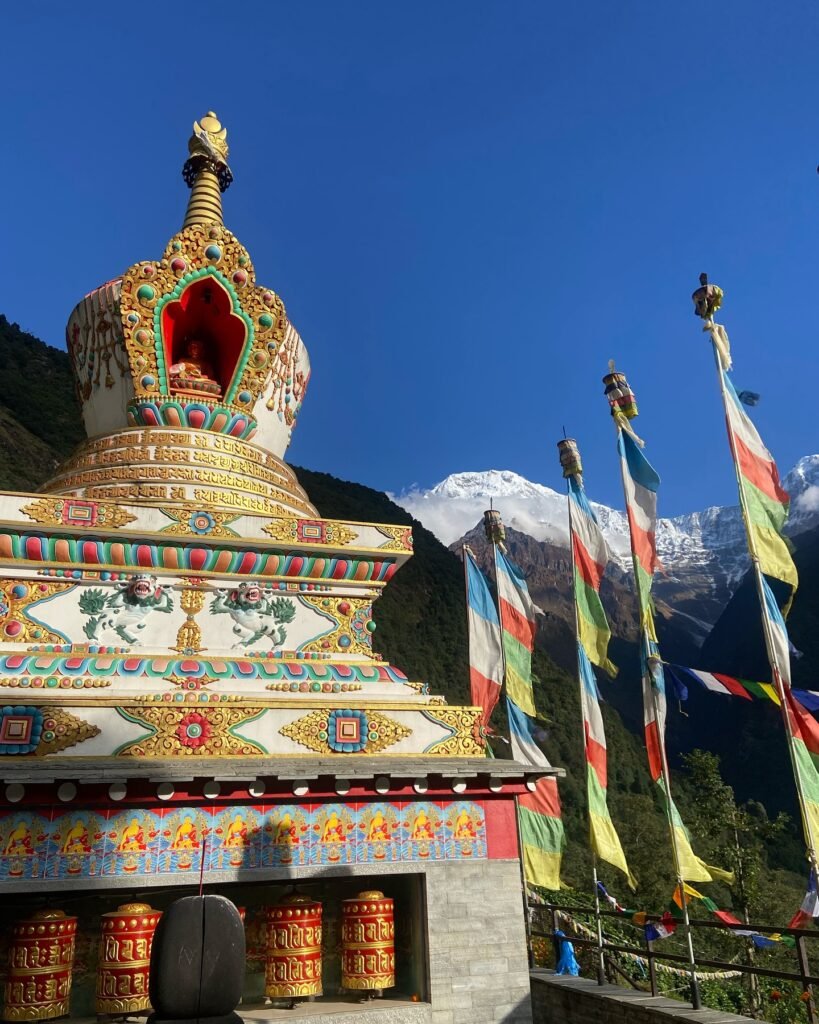
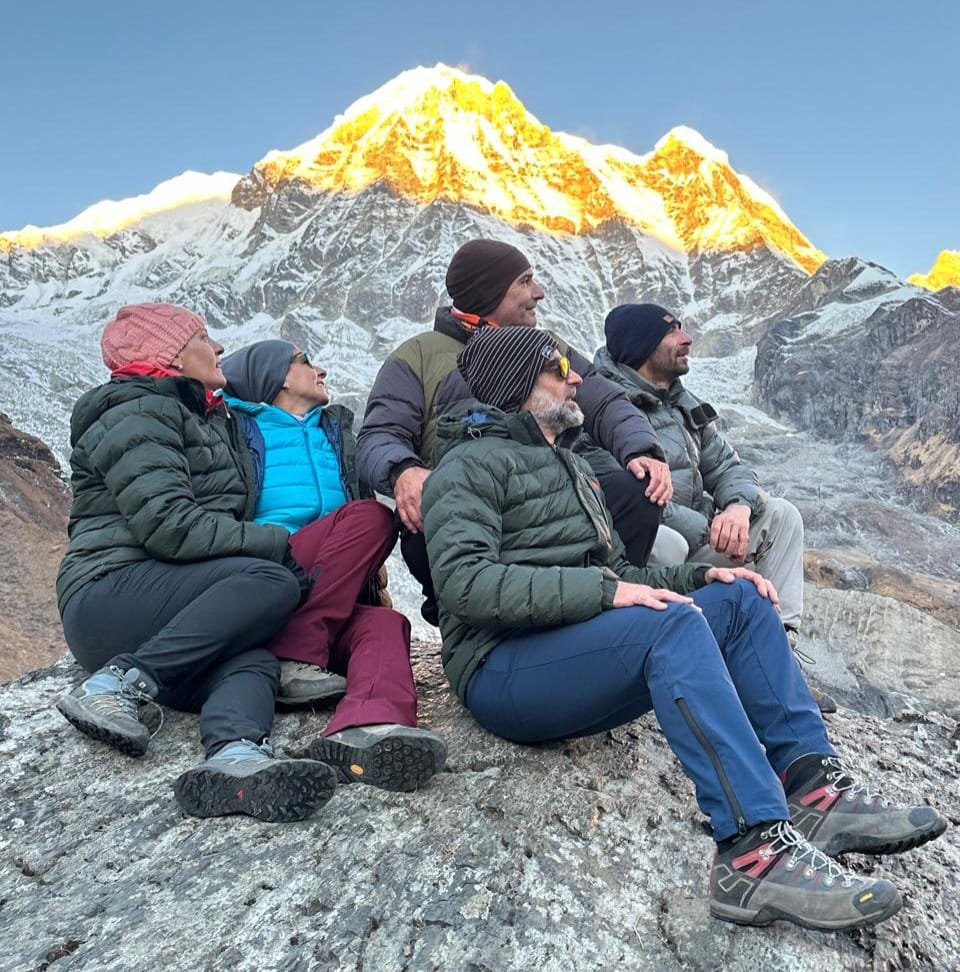
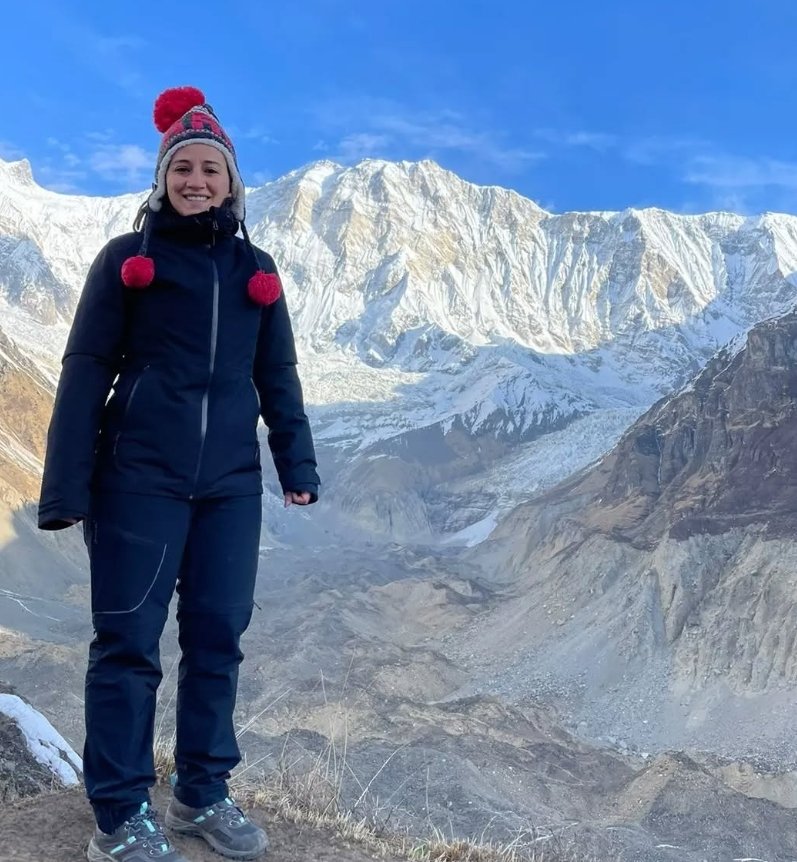
Write a Review